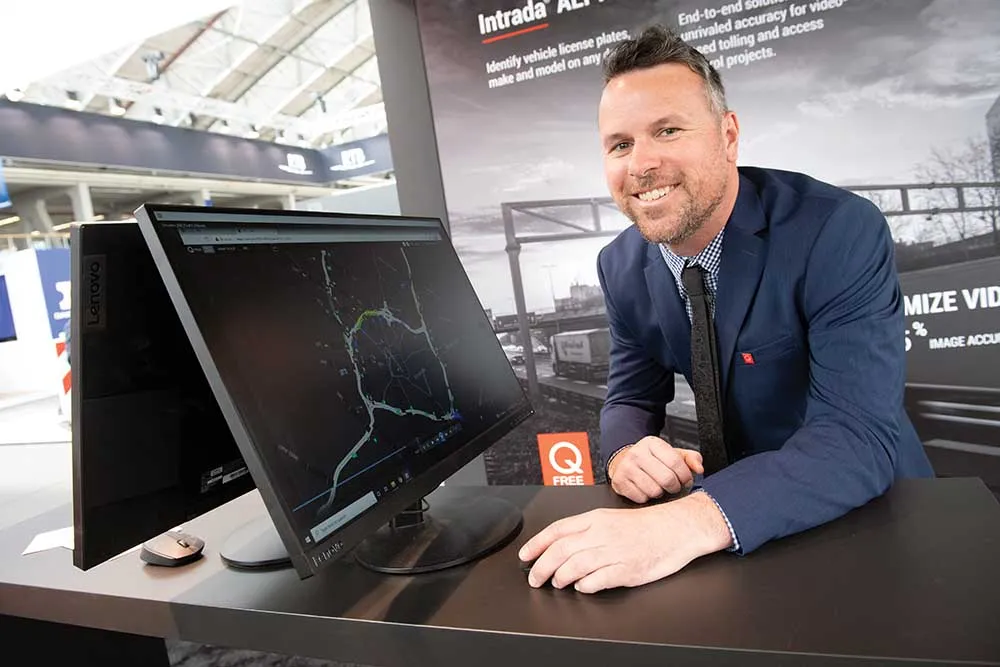Identity and security specialist Morpho (Safran) and Internet of Things (IoT) enabler Telit claim to have successfully tested Morpho’s specialised embedded SIM with Telit’s high performance 2G, 3G, and 4G cellular IoT modules for deployment in an Emergency Road Assistance project in Russia.
The two companies have been working closely to test a special robust embedded universal integrated circuit card (eUICC), next-generation SIM cards, which are developed specifically for the machine-to-machine (M2M) sec
November 27, 2015
Read time: 2 mins
Identity and security specialist 4561 Morpho (Safran) and Internet of Things (IoT) enabler Telit claim to have successfully tested Morpho’s specialised embedded SIM with Telit’s high performance 2G, 3G, and 4G cellular IoT modules for deployment in an Emergency Road Assistance project in Russia.
The two companies have been working closely to test a special robust embedded universal integrated circuit card (eUICC), next-generation SIM cards, which are developed specifically for the machine-to-machine (M2M) sector and additionally implement ERA GLONASS services
They now say that extensive tests have proven the seamless interoperability between Morpho’s ERA GLONASS eUICC and Telit’s cellular IoT modules to ensure that the unique requirements of the system are achieved.
The ERA GLONASS (Emergency Road Assistance based on Global Navigation Satellite) project has been launched to introduce a sensor-based in-vehicle emergency call system that in case of an accident automatically dials an emergency number linked to the nearest emergency centre. Basic data – including the location – is sent to the local emergency services, meaning that the response can be faster, the size and scope of an incident can be assessed early and time can be saved in critical life-and-death situations. These life-saving measurements are made possible by the integration of a specialised eUICC into the telematics control system of vehicles.
The two companies have been working closely to test a special robust embedded universal integrated circuit card (eUICC), next-generation SIM cards, which are developed specifically for the machine-to-machine (M2M) sector and additionally implement ERA GLONASS services
They now say that extensive tests have proven the seamless interoperability between Morpho’s ERA GLONASS eUICC and Telit’s cellular IoT modules to ensure that the unique requirements of the system are achieved.
The ERA GLONASS (Emergency Road Assistance based on Global Navigation Satellite) project has been launched to introduce a sensor-based in-vehicle emergency call system that in case of an accident automatically dials an emergency number linked to the nearest emergency centre. Basic data – including the location – is sent to the local emergency services, meaning that the response can be faster, the size and scope of an incident can be assessed early and time can be saved in critical life-and-death situations. These life-saving measurements are made possible by the integration of a specialised eUICC into the telematics control system of vehicles.










